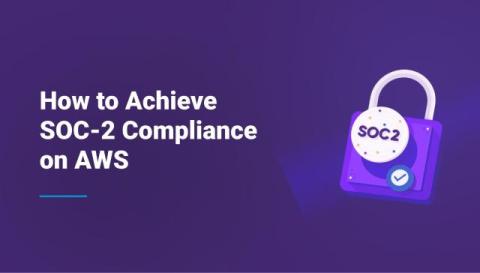6 Best Practices for Implementing DevSecOps
Integrating security into your DevOps pipeline isn’t optional anymore—it’s essential. From the moment you commit code to the moment it’s deployed, security should be automated and invisible. By embedding security practices directly into your CI/CD pipeline, you reduce risks and improve your speed. The best part?











